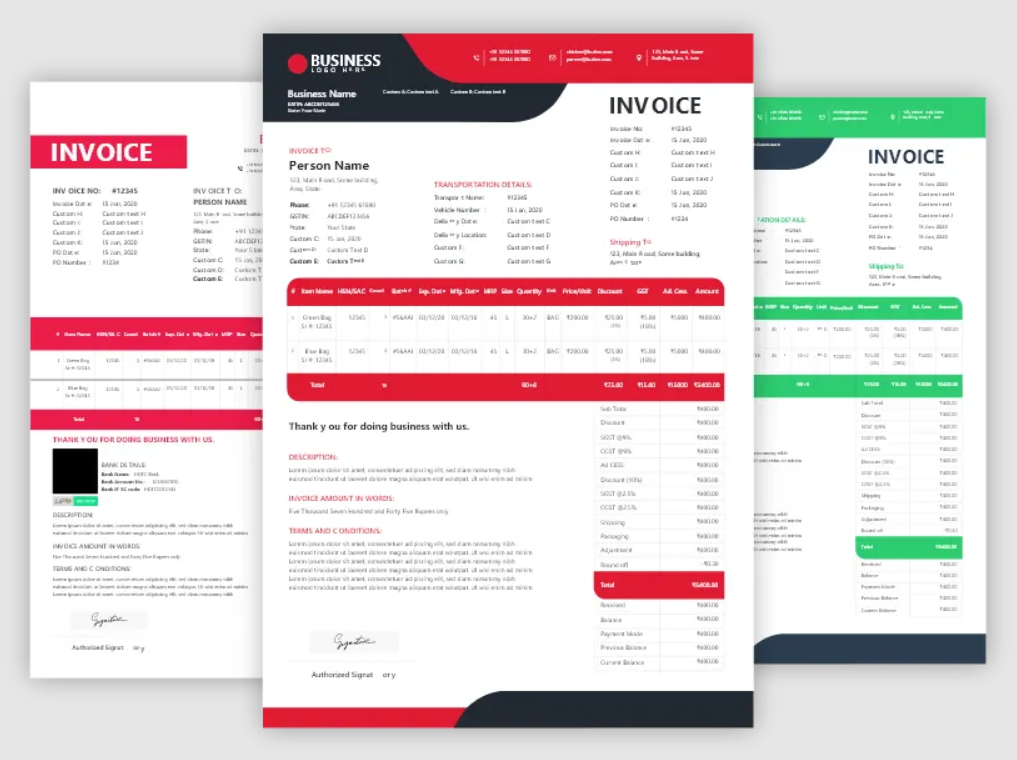If you’re having trouble finding the ideal asset management software, your search ends here! This guide will assist you in navigating through various options to choose software that suits your needs. Whether you’re a business owner, project manager, or IT professional, selecting the right asset management software is vital for improving processes and efficiency.
Ready to eliminate the guesswork in choosing the perfect software? Let’s delve into the crucial factors and discover the secrets to finding personalized asset management software. Get ready for a detailed exploration to ensure you find the software that fits you perfectly!
- Understand Your Asset Management Needs
- Research Different Asset Management Software Options
- Evaluate Compatibility and Integration
- Consider Security and Data Protection
- Evaluate Ease of Use and User-Friendliness
- Explore Pricing Models and Cost
- Check Vendor Reputation and Support
- Consider Industry-Specific Needs
Ready? Let’s dive in!
>>> MORE: How to Find Free Invoicing Software
1. Understand Your Asset Management Needs
To choose an asset management software, grasp your specific requirements for managing assets Firstly, document all the specifics, including the types of items you manage, your workflow processes, and the extent to which you want to customize things.
Consider the future and opt for software that scales with your growing needs. Prioritize security by selecting a solution with robust protection. Real-time tracking is beneficial for monitoring your belongings. Ensure compatibility with your existing systems, and confirm mobile usability for flexibility beyond the desk.
Try out customer support – you might need help someday. Reports should be more than just numbers; they should help you understand things better. Don’t forget to examine the price, seek value for your money.
2. Research Different Asset Management Software Options
When choosing asset management software, thoroughly explore various options. Utilize online resources for reviews and ratings of different providers. Seek recommendations from industry peers or experts. Take advantage of free trials or demos offered by most providers to assess performance, usability, compatibility, security, and support before committing.
Evaluate each option based on features, benefits, costs, and customer feedback to identify the best fit for your budget and needs. After testing multiple software solutions, make an informed decision that aligns with your specific requirements and expectations.
>>> PRO TIPS: Accounting Software How To Use It
3. Evaluate Compatibility and Integration
When choosing asset management software, you need to consider how well it works with your existing systems and software. Check the software’s system requirements and specifications. Make sure they match your hardware and software environment. Ask the software provider for a list of supported integrations and connectors. See if they cover the software you use or plan to use. Compare different software options based on their compatibility and integration features. Choose the one that meets your needs and expectations.
4. Consider Security and Data Protection
When selecting asset management software, prioritize security due to the sensitive nature of tracked assets, including hardware, software, licenses, and documents. To safeguard against unauthorized access and comply with data protection laws like GDPR and HIPAA, the software should offer encryption, authentication, authorization, backup, recovery, audit, and compliance features. Non-compliance could result in legal penalties and reputational damage.
Evaluate software using indicators such as certifications (ISO, SOC, NIST), and customer reviews from reputable sources, and scrutinize the provider’s security policies and procedures. Ensuring compliance protects personal data, mitigates risks, and enhances business reputation, helping you trust the software provider with your data and avoiding potential costs or incidents.
5. Evaluate Ease of Use and User-Friendliness
To pick asset management software, make sure it’s easy to use and friendly for everyone. Choose a system that doesn’t need tech experts to figure out. Look for a simple design and features that are easy to understand, making it simple to keep track of your stuff. The software should give clear instructions and have things that are easy for your team to use without a lot of learning.
Check if it works well on different devices and see if your team can get used to it quickly. Make sure it has customizable dashboards and easy steps for your team to follow. Read what other people say about it to see if it fits what your team needs. The main idea is to be efficient, so choose software that helps get things done without causing problems. Your team will be happy if you pick software that is not just strong but also easy for everyone to use.
6. Explore Pricing Models and Cost
To select asset management software, check out the prices and costs carefully. Understand how different providers charge for their services. Make sure the prices match your budget and what your business needs. Don’t just look at the main cost—see if there are any hidden fees or extra charges you might not expect.
Think about whether the pricing works well as your business grows. Some software might charge based on the number of users or assets. Make sure the pricing can grow with your needs.
Read all the details and be sure about what you’re paying for. Check if there are any extra charges for things like customer support or updates. Choose software that not only fits your budget but also gives you clear information and good value for what you’re spending.
7. Check Vendor Reputation and Support
Before you choose asset management software, check out what people say about the company and how they help. Look for reviews from others who used the software to see if they liked it. A good company is important for a smooth experience.
See what kind of help they offer. Make sure they have good customer support that can help you when you need it. It’s nice to have support that responds quickly and solves problems.
Check if the company has a good history – have they always done a good job? A reliable company is like a friend you can trust to make sure your software works well.
Take your time with this step. A good company with strong support means you won’t be alone when using the software. So, before you decide, make sure you’re picking a good team. You’ll be happy you did.
8. Consider Industry-Specific Needs
When choosing asset management software, don’t forget to consider your industry-specific needs – it’s like tailoring a suit for your business. Identify the unique requirements of your industry and ensure the software can meet them seamlessly.
Think about the specific assets you deal with and how the software can handle them effectively. Different industries have different demands, so find a tool that speaks your business language.
Evaluate if the software aligns with industry regulations and standards. It’s like ensuring your business is playing by the rules. Compliance is key, so make sure the software doesn’t just fit your needs but also follows the guidelines of your industry.
Take a moment to reflect on what makes your industry special and find a software sidekick that understands and supports those unique features. Tailoring your choice to your industry’s needs ensures a perfect fit for your asset management journey.
>>> GET SMARTER: How to Choose Accounting Software
Recap
To choose the right asset management software, first, understand your needs. Research various options, assessing compatibility and integration. Prioritize security and data protection. Ensure it’s user-friendly, exploring pricing models and costs. Check vendor reputation and support – they’re crucial. Don’t forget your industry’s unique needs. Follow these steps, and you’ll find the perfect asset management fit for your business.













